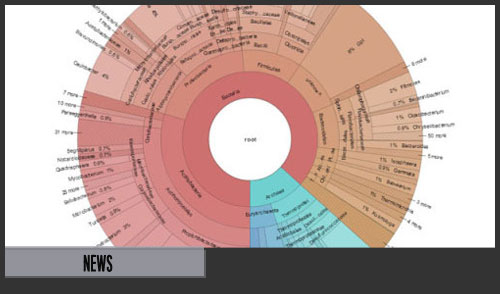In 1953, James D. Watson and Francis Crick discovered the double-helix structure of the DNA strand –a ribbon of genetic information that lives in each cell of a living organism. Later, in 1990, a group of organizations including the National Institutes of Health launched the Human Genome Project, a global collaborative effort to identify all the genes in the human DNA strand. At that time, the event was heralded as the largest investigative project in modern science, and it took 13 years and nearly $3 billion to yield a complete human genome.
The Human Genome Project completed in 2003 was followed by a variety of other DNA research projects conducted by various organizations. The widespread study of DNA ushered in a “genomic revolution” characterized by constant technological advances in the fields of genetics and molecular biology. Nearly a decade later, its momentum is still steady as hundreds of new biological tools amass stores of genomic data.
